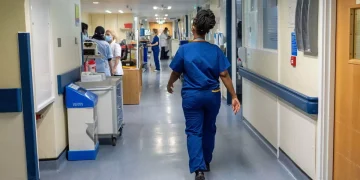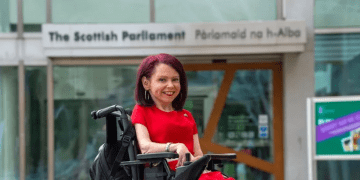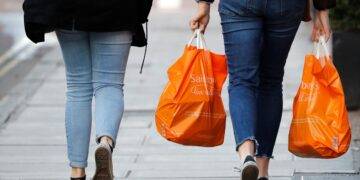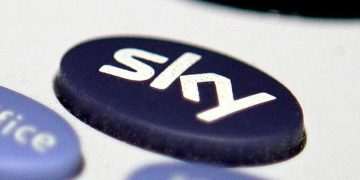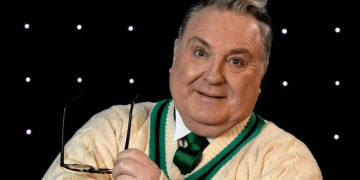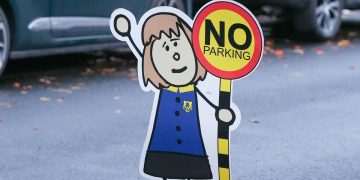Among the hikes, the Ofgem energy price cap rose from £1,738 a year to £1,849 a year for the typical household
A sharp rise in inflation has seen rates hit 3.5% in April, up from the 2.6% recorded in March, after a whole host of bill hikes. The statistics come from the Office for National Statistics (ONS), which releases inflation data every month.
It said the increase was down to a significant rise in the cost of household bills, including energy, broadband and water. The Ofgem energy price cap rose from £1,738 a year to £1,849 a year for the typical household.
The average water and wastewater bill will went up from £480 to £603. For money-saving tips, sign up to our Money newsletter here.
Among other increases, most council tax bills went up by an average of 5%, whilst the cost of a TV licence rose from £169.50 to £174.50.
Car tax rates also went up, reports The Mirror.
Acting director general at the ONS, Grant Fitzner, said: “Significant increases in household bills caused inflation to climb steeply. Gas and electricity bills rose this month compared with sharp falls at the same time last year due to changes to the Ofgem energy price cap.”
“Water and sewerage bills also rose strongly this year as did vehicle excise duty, which all pushed the headline rate up to its highest level since the beginning of last year.
“This was partially offset by falling prices for motor fuels and clothing, driven by heavy discounting for children’s garments and women’s footwear.”
Chancellor Rachel Reeves added: “I am disappointed with these figures because I know cost-of-living pressures are still weighing down on working people.
“We are long way from the double digit inflation we saw under the previous administration, but I’m determined that we go further and faster to put more money in people’s pockets.
“That’s why we have increased the minimum wage for millions of working people, frozen fuel duty to protect commuters and struck three trade deals in the past two weeks that will go towards cutting bills.”
Inflation fell to its lowest level in three years in September last year when it dropped to 1.7% but started to rise again in October when energy bills started going back up. The Bank of England has a target of 2% inflation.
Inflation shows how the price of goods and services has changed over time. The Consumer Price Index (CPI) is the main measure of inflation.
The ONS calculates inflation based on a regularly updated “basket of goods” and services that represents what households are buying. However, the main CPI figure you see in headlines is used to represent an average.
This means the individual prices of some goods may be higher or lower than this main figure. When inflation is lower, it does not mean prices have stopped rising – it just means they’re going up at a slightly slower rate than before.
For example, if the rate of inflation is 2%, it means an item that cost £1 last year would now cost £1.02.
Get daily breaking news updates on your phone by joining our WhatsApp community here. We occasionally treat members to special offers, promotions and ads from us and our partners. See our Privacy Notice.





